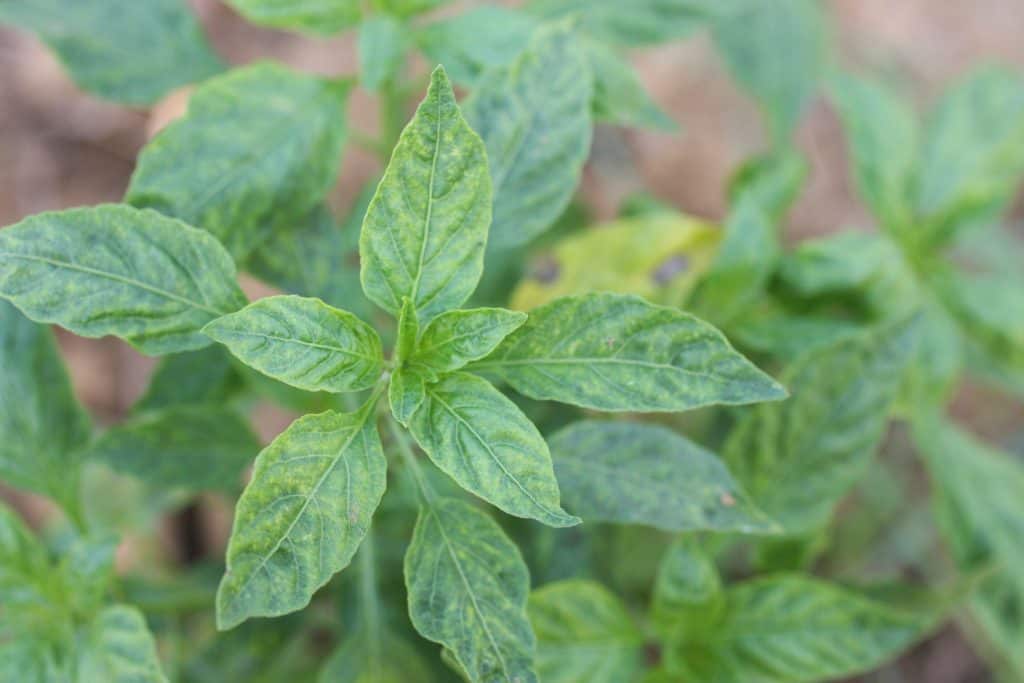We are working in collaboration with the Smith lab and Bee lab at Arizona State University as well as the Cook lab at Marquette University to understand the transmission, evolution, and disease dynamics of DNA viruses amongst honey bee colonies. We are also studying several other pollinating bee species, including those native to Arizona.
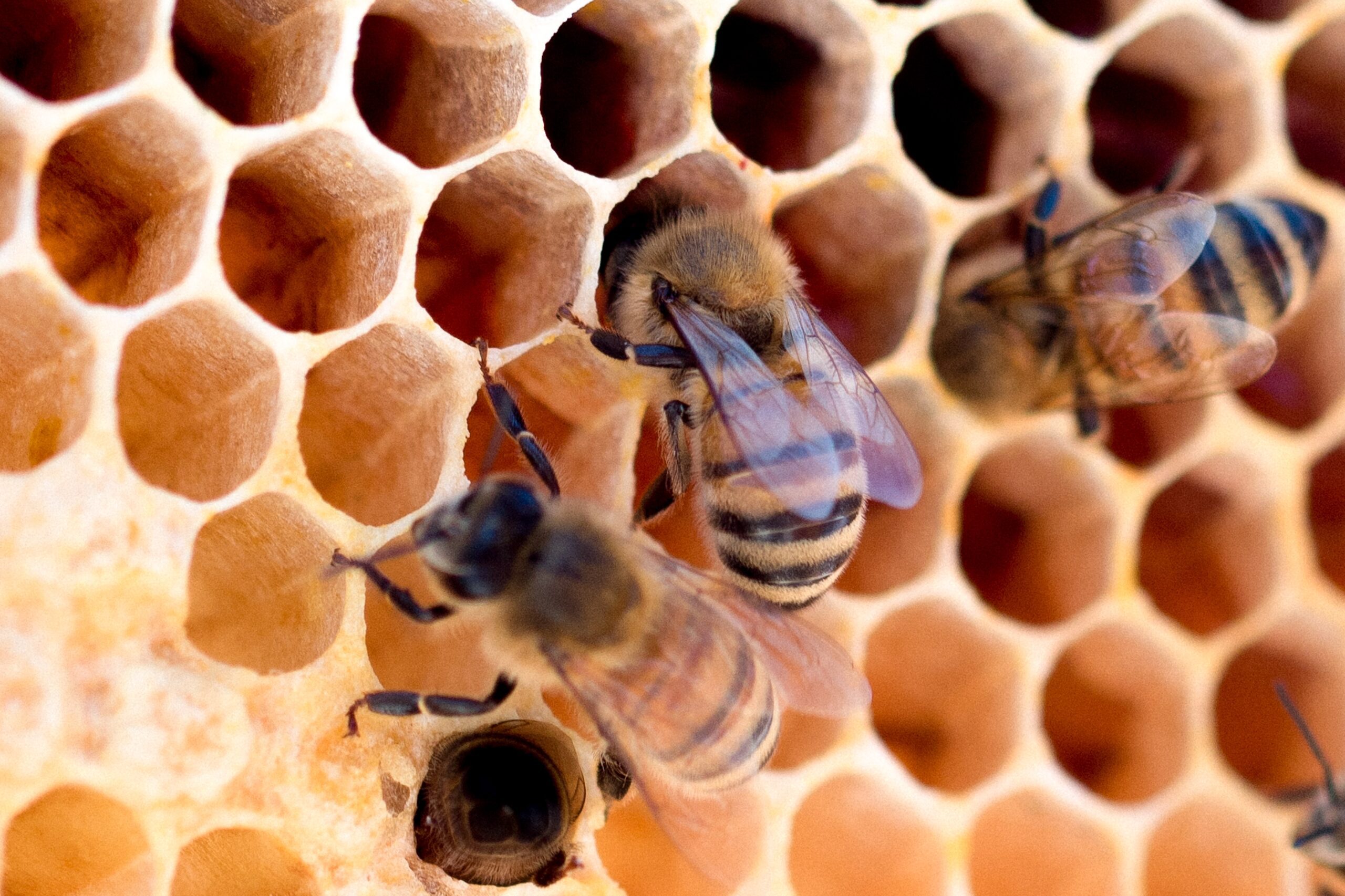
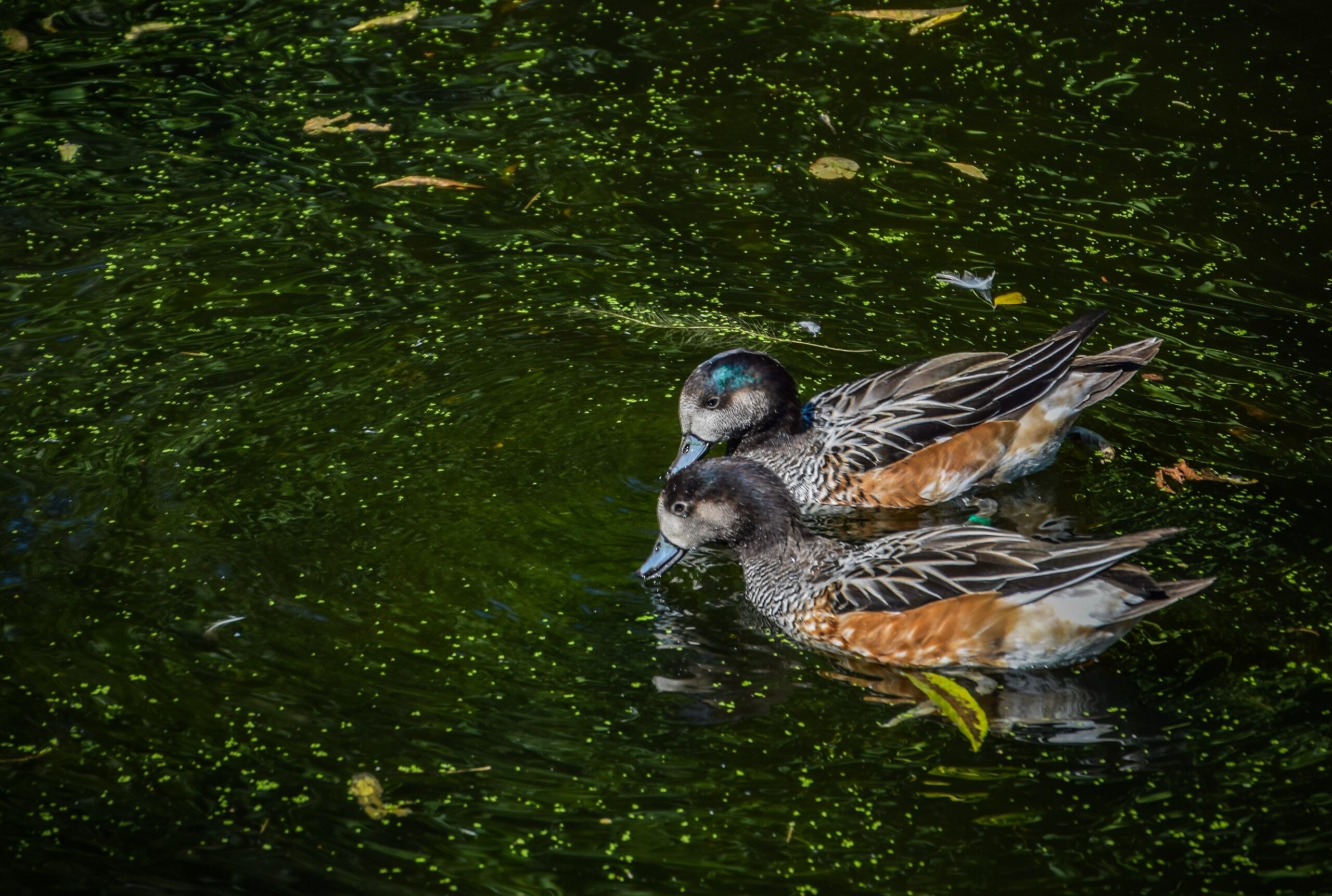
As part of a study looking at viruses in migratory aquatic birds, novel circoviruses were identified in faecal samples of American wigeons. In collaboration with the McGraw lab (behavioral ecology) at ASU we are investigating the viral epidemiology, pathology, and tissue tropism of these circoviruses in order to understand the threat these viruses may pose to wigeons and other avian species.
In collaboration with PhD student Kate Weiss and the Central Arizona Phoenix Long Term Ecological Research group, we have collected coyote scat samples along the Salt River within urban and rural zones. By analyzing the viruses found within these samples, we hope to shed light on the mysterious world of coyote viruses. This information will help not only gauge the potential for zoonotic virus spillover events through the increasingly urban coyotes but also give new insights into the ecological roles coyotes and their viruses play.
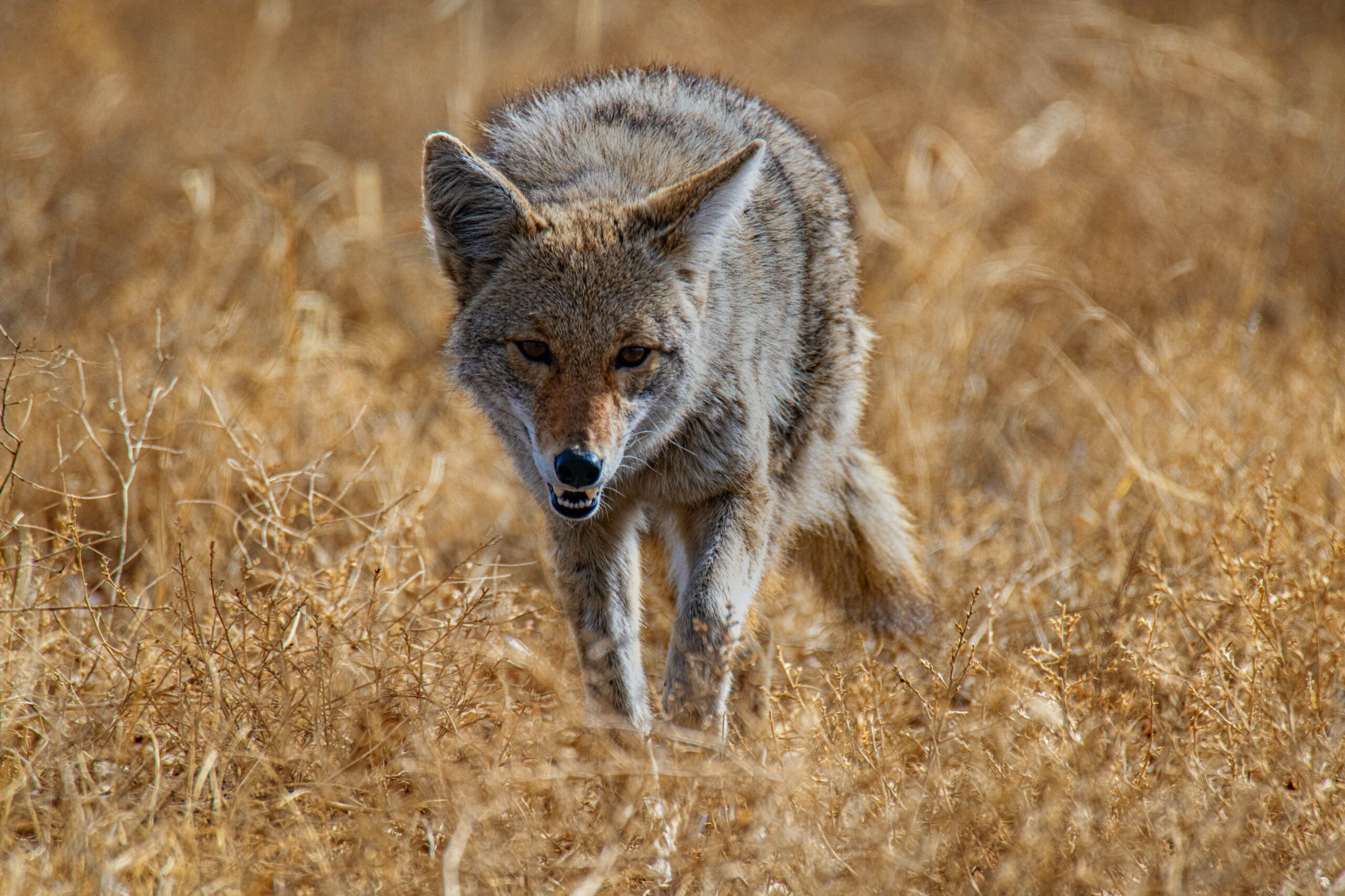
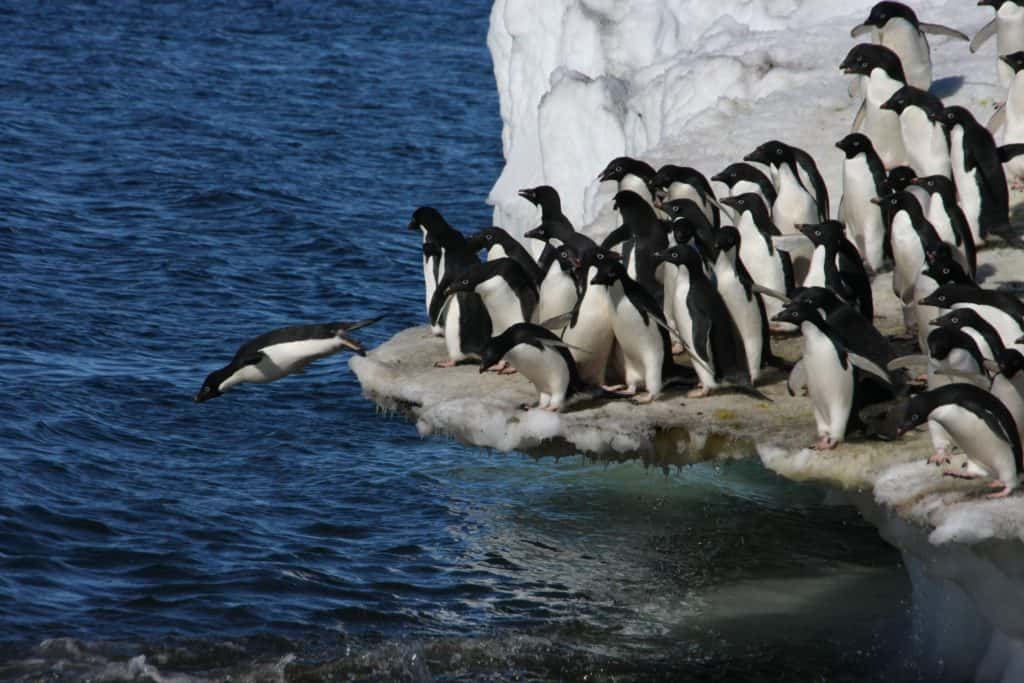
In a collaborative effort, David Ainley (penguin ecologist, USA), Grant Ballard (penguin ecologist, USA), Stacey Kim (marine ecologist, USA), Jennifer Burns (seal ecologist, USA) Melanie Massaro (avian ecologist, Australia), Joseph Levy (permafrost geologist, USA), William Davison (fish physiologist, New Zealand) and we are exploring the diversity of viral communities in the Antarctic.
As apex predators, felid species play an important role in the ecosystem. Many felid species are in decline as a result of several factors, including disease. We work with veterinarians and wildlife managers to characterize novel and known viruses, elucidate cross-species viral transmission events, origins and evolutionary dynamics in order to understand the viruses that infect some of these elusive big cat species such as Puma, Bobcats, Caracals, and Canada lynx.
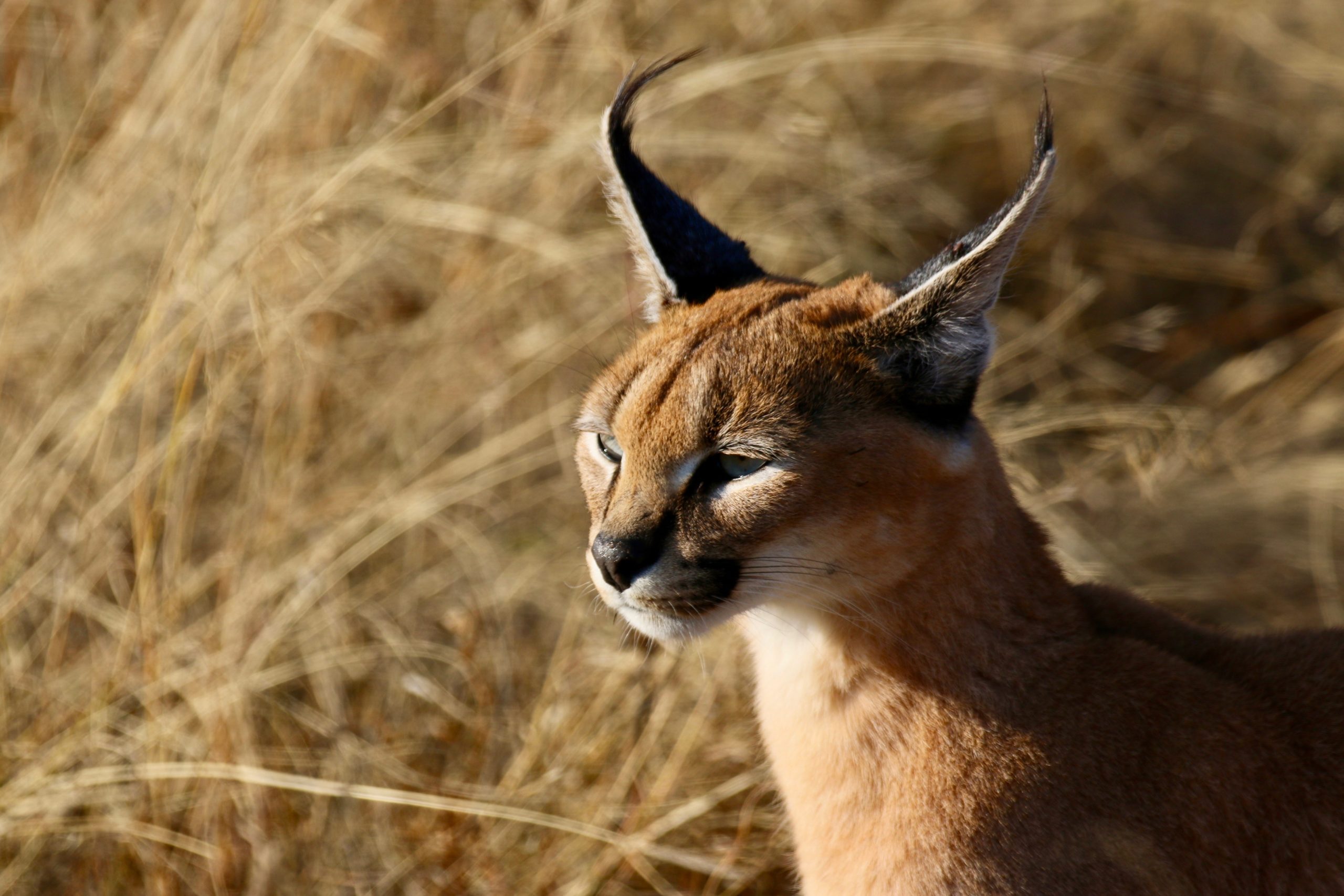
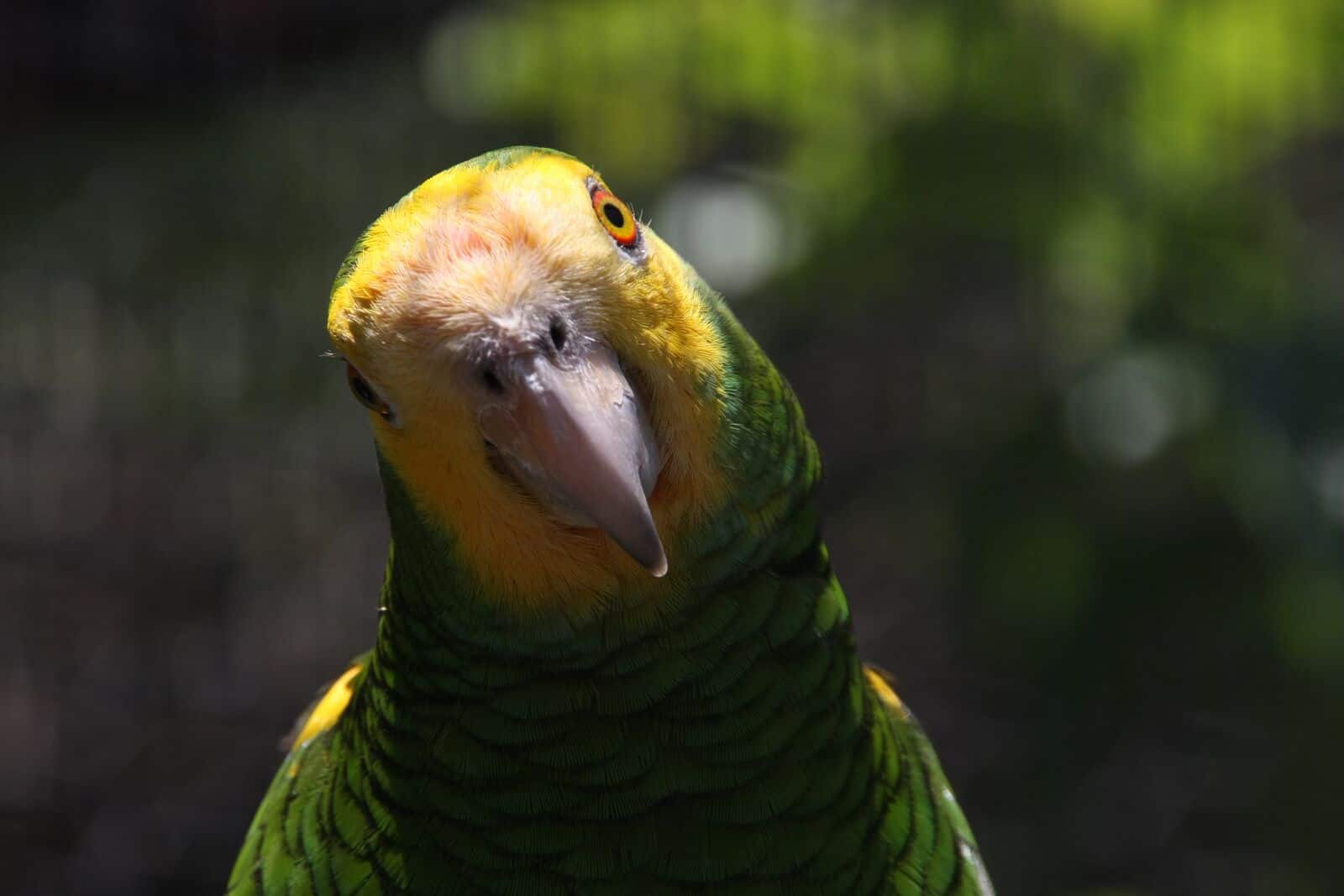
We have an active avian circovirus disease research program with the Department of Conservation of New Zealand, Parc Zoologique et Forestier (New Caledonia), Bethany Jackson (Murdoch University, Australia), Tomasz Stenzel (University of Warmia and Mazury, Poland) and Tomasz Piasecki (Wrocław University of Environmental and Life Sciences, Poland).
Darren Martin (author of the most widely used recombination detection software RDP; South Africa) and I have set up a wide collaborative network of scientists world-wide to study viral evolution though recombination, viral phylogeography and global viral movement patterns of the plant-infecting geminiviruses and nanoviruses. While initially our research was based in Africa and South America, recently we have also focused on the Pacific region. As a team, Philippe Roumagnac, Pierre Lefeuvre, Darren Martin and I are attempting to identify drivers of plant viral emergence in ecosystems.
